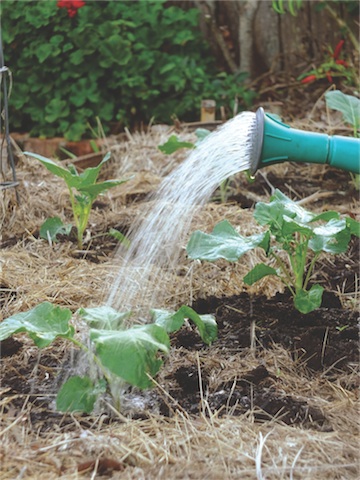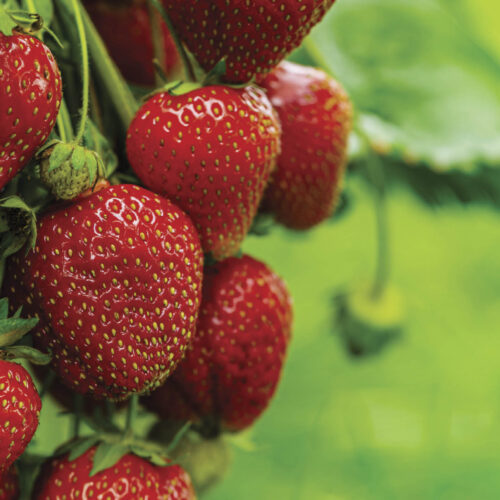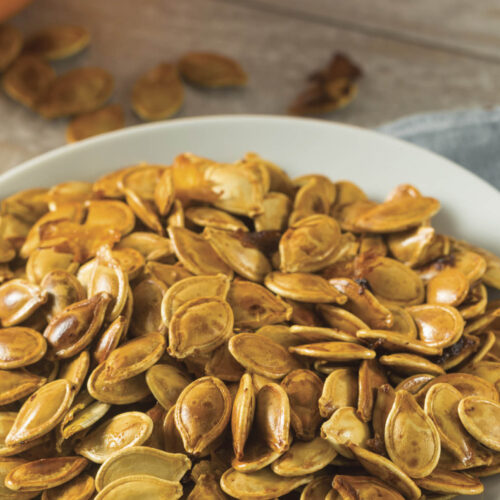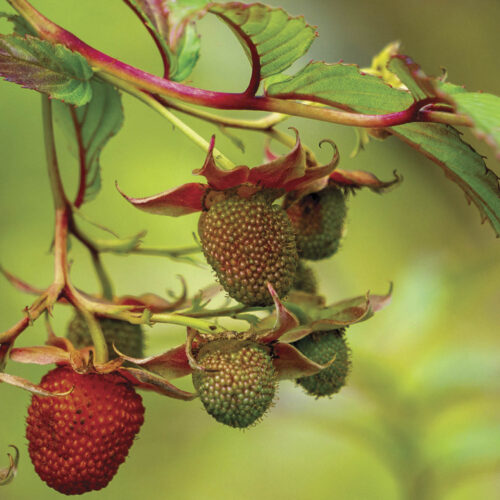Liquid assets
2014-10-22T01:15:43+11:00
PHIL DUDMAN looks at liquid fertilisers and the important role they play in the organic garden.
Since the first commercial seaweed extract was manufactured for agricultural use 60 years ago, there has been a steady rise in the use of organic liquid fertiliser products in the home garden. Seaweed and fish products are well known, but you can also find liquefied animal manures and blood and bone, liquid compost, as well as products that blend some or all of these, and some that are fortified with mineral nutrients.
Liquid fertilisers offer many benefits. For starters, nutrients must be dissolved in order to be absorbed by plants, so the very form of liquid fertilisers means that the nutrients supplied are taken up quickly, having an almost immediate effect.
Liquid fertilisers also allow you to apply nutrients in a measured and targeted way, which is a great advantage when growing hungry vegies that demand a regular charge of nutrients. In addition, dissolved nutrients can be applied quickly and broadly, using specially designed applicators that can be attached to a hose, or you can apply them as a foliar spray.
Organic liquid fertilisers offer biological benefits too. They increase soil life and microbial activity, which helps to improve the efficiency of nutrient absorption in plants. This all leads to better plant health and greater resistance to pest, disease and environmental stress. Seaweed or fish? Seaweed extract and fish emulsion are the most popular liquid fertilisers used by organic gardeners. Both have their unique benefits.
Seaweed has been reported to promote root development and cell growth and division, increase plant resistance to cold and frost, improve crop yields and fruit set and increase the storage life of fruit after harvest. While seaweed contains a wide range of nutrients, the amount of nitrogen and phosphorous is typically very low. The magic is believed to be in the growth-regulating hormones found in seaweed – auxins, cytokinins and gibberellins – as well as alginates (and other beneficial compounds), which improve the soil. For these reasons, seaweed extract is normally referred to as a plant and soil ‘tonic’ rather than a fertiliser.Fish emulsion on the other hand is more like a conventional liquid fertiliser. It will typically contain a nitrogen, phosphorous, potassium ratio of around 5:2:2 plus a range of micronutrients. When used as a foliar spray, the emulsified fish oils can also be helpful in suppressing mite infestations and managing disease outbreaks.
Liquid seaweed and fish emulsion complement each other beautifully and can be mixed and applied together in order to take advantage of their combined benefits. Some brands combine the two in one product.
How to apply
While one application will show significant results, the way to maximise the benefits of liquid fertilisers is to apply them regularly – at least once per month, but up to weekly for heavy feeders (such as cabbages). This provides a steady supply of ready-touse nutrients. Mix them in a watering can according to the manufacturer’s directions. Don’t be tempted to make them stronger than recommended – more is not better in this case. It’s safe to use liquid fertilisers with solid fertilisers such as blood and bone. If fact, it gives great results. If you are concerned about overdoing the nutrients, mix your liquid product at half the recommended strength. I treat seedlings with an even weaker solution – about one-third of the recommended rate – but apply it once every four days or so to give them a gentle kick-a-long until established.
The ground must be moist when applying liquid products to allow the nutrients to be taken up by the roots. Early morning is ideal. Pour the solution around the root zone and over the foliage (where convenient). One full nine-litre watering can of diluted liquid product will normally cover an area of 2-4m² (check the label).
Buying and storing
There are lots of different liquid fertiliser products on the market. Look out for those that show one of the organic certification logos such as NASAA or BFA. Seaweed extract, fish emulsion and other liquid products will last up to 10 years when stored in a cool place. But if you have them that long, you can’t be gardening enough!
FOLIAR FEEDING
Liquid fertilisers allow you to feed plants via their foliage as well their roots. Foliar feeding is an efficient use of nutrients – you see the results very quickly. To apply, use a regular garden sprayer or an atomiser. Make up a weak brew, following the manufacturer’s directions, then give it a good shake and start spraying. Cover the upper and lower surfaces of leaves. It is best to apply in the cool of early morning. Spray as often as once every 10-14 days or when plants need a boost. Wash produce well after harvest.
by Phil Dudman






